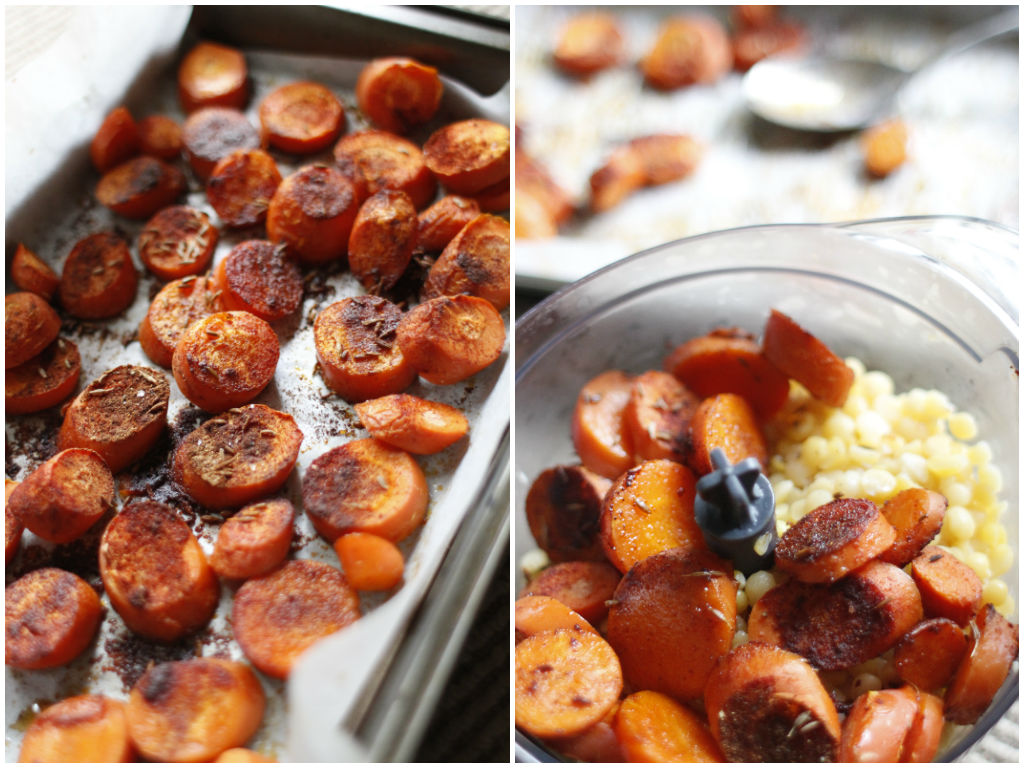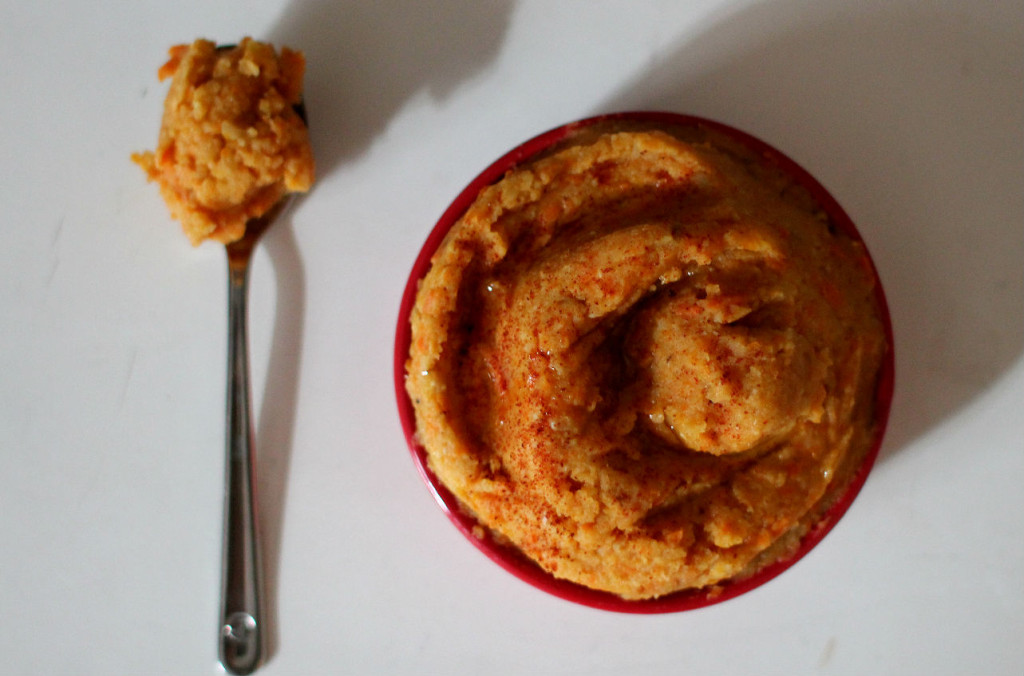Do you ever read food labels when you shop? I do and that is why it takes a bit of time for me to do grocery shopping. Yes, I rather go shopping by myself because my hubby can get very frustrated with me at the shops. Don’t get tricked by anything on the front of the package such as “low fat”, “reduced salt” or “good source of calcium”. Remember, they are selling the products, don’t much care about your health! Nutrition information panel at the back provides correct information on the amount of calories, protein, fat, carbohydrates and sodium. This information should help you to decide what food to buy and compare between products. There are two columns of the nutrition information – per servings and per 100g. I normally go for per 100g column which is easier for me to compare products since they have different suggested serving sizes. They might also list percentage daily intake information which refers to how much an average adult should eat in one day. Most women and children would need less than this.
Calories: a measure of how much energy you get from a serving of this food.
Fat: Healthier options have less than 5g total fat per 100g or 5–10g total fat per 100g if saturated fat is less than 1/2 total fat.
Sodium: Daily requirement is 500mg/day.Healthier options have less than 450mg sodium per 100g. Low sodium foods have less than 120mg sodium per 100g.
Carbs: Watch the sources of the sugars are. Total sugar could be from natural sugar of the product, so check the ingredients listing in order to avoid all added sugars.
Fiber: Adults should eat 30-40g of fibre per day. Aim for products that carry >3g per 100 calories.
Ingredients, additives, allergens: Read these as well, especially if you have food allergies such as eggs, soy, gluten and nuts. If you cannot pronounce any of the names there, do not buy.
Gluten free products: Read the labels as well. Gluten free doesn’t mean healthy. Quite often they put all kinds of chemicals to create the structural and textural integrity similar to that of a gluten product.
Fortified or enriched: Misleading! It is processed with synthetic minerals and vitamins.
I guess you need to practice and get a habit of reading food labels. More importantly, if you are buying fresh fruits, vegetables, eggs, fish and meat, you don’t need to worry about reading food labels. Try to buy wholesome fresh food as much as you can rather than packaged foods such as cans, jars, boxes, etc.
 Now, here is a great healthy vegan appetiser for you. Ditch the store-bought dips >.< Oven roasted carrots with cumin plus protein packed peas make a beautiful and delicious sunshine-colour dip. Enjoy x
Now, here is a great healthy vegan appetiser for you. Ditch the store-bought dips >.< Oven roasted carrots with cumin plus protein packed peas make a beautiful and delicious sunshine-colour dip. Enjoy x
 Ingredients
Ingredients
2 carrots
1 tbsp coconut oil
1 tsp cumin
1 tsp smoked paprika
1 tsp Himalayan salt
1 cup dried yellow split peas
1/2 tsp minced garlic
a squeeze of lemon
Himalayan salt to taste
1 tbsp olive oil
Wash and roughly cut carrots. Toss with coconut oil, cumin, paprika and salt in a bowl. Spread them on a baking sheet and bake in the preheated oven (200) for 20-30 minutes until cooked. In the meantime, wash and cook the peas in a boiling water for 20-30 minutes until tender. You might need to slightly overcook the peas so that it gets smooth when you puree them. Take the carrots out of the oven and drain cooked peas. Place them in your food processor or blender. Add garlic, salt and lemon and blend until smooth. Add a bit of water if too thick. Taste and adjust the seasoning. Transfer to a serving bowl, drizzle olive oil and sprinkle smoked paprika for garnish. Serve with veggie sticks or crackers.
